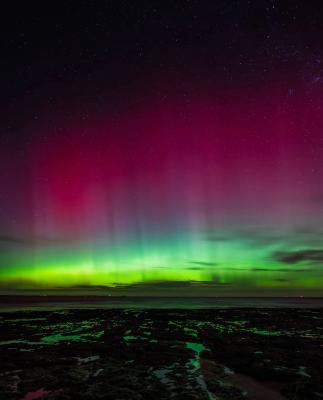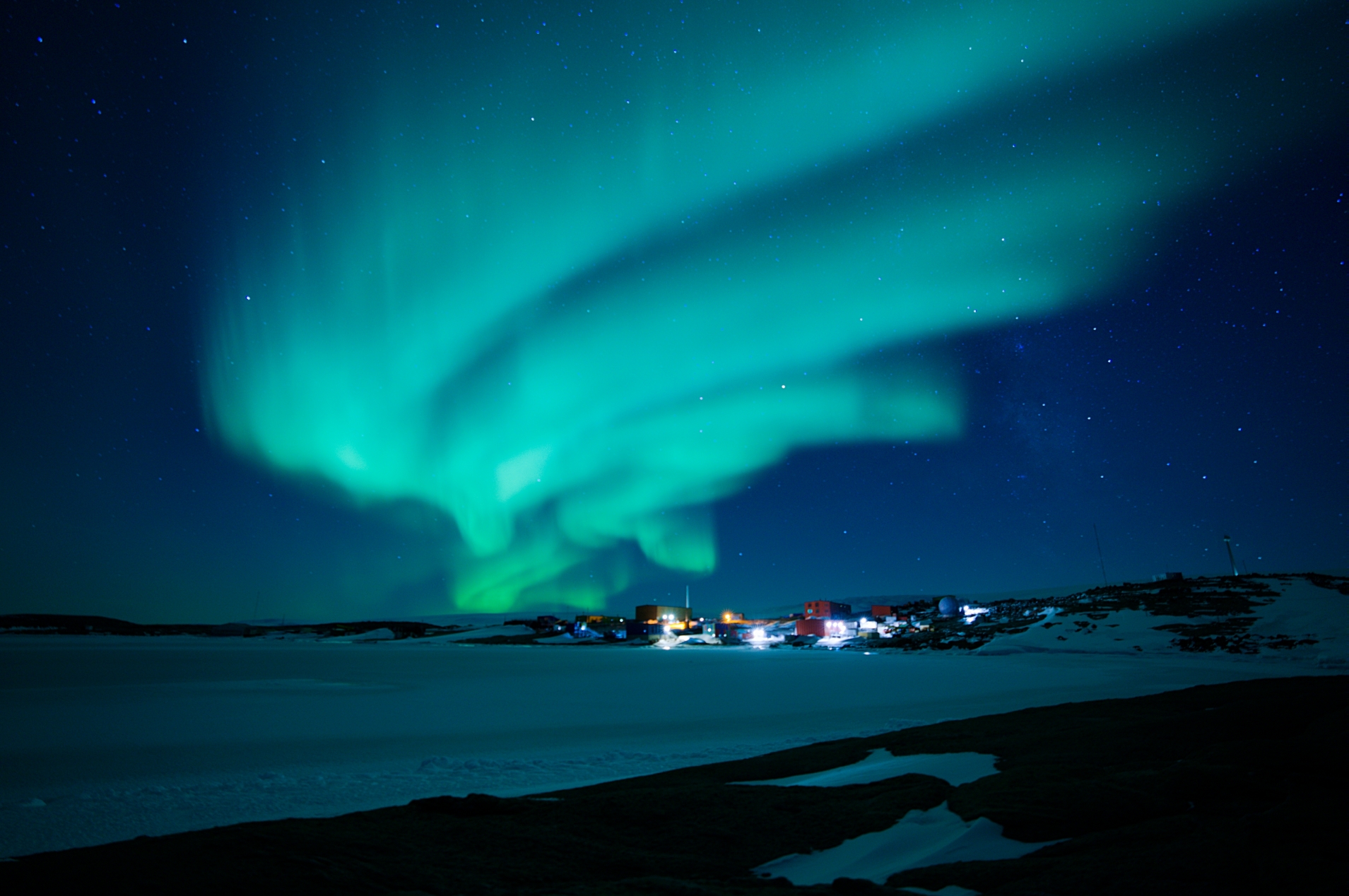Large parts of Australia — from Tasmania in the south to Mackay, Queensland in the north — witnessed a dazzling display this past weekend.
A series of powerful solar storms made the Southern Lights, Aurora Australis, stronger and visible at lower latitudes across the country.
The Bureau of Meteorology's Australian Space Weather Forecasting Centre noted these storms were the most intense since October 2003.
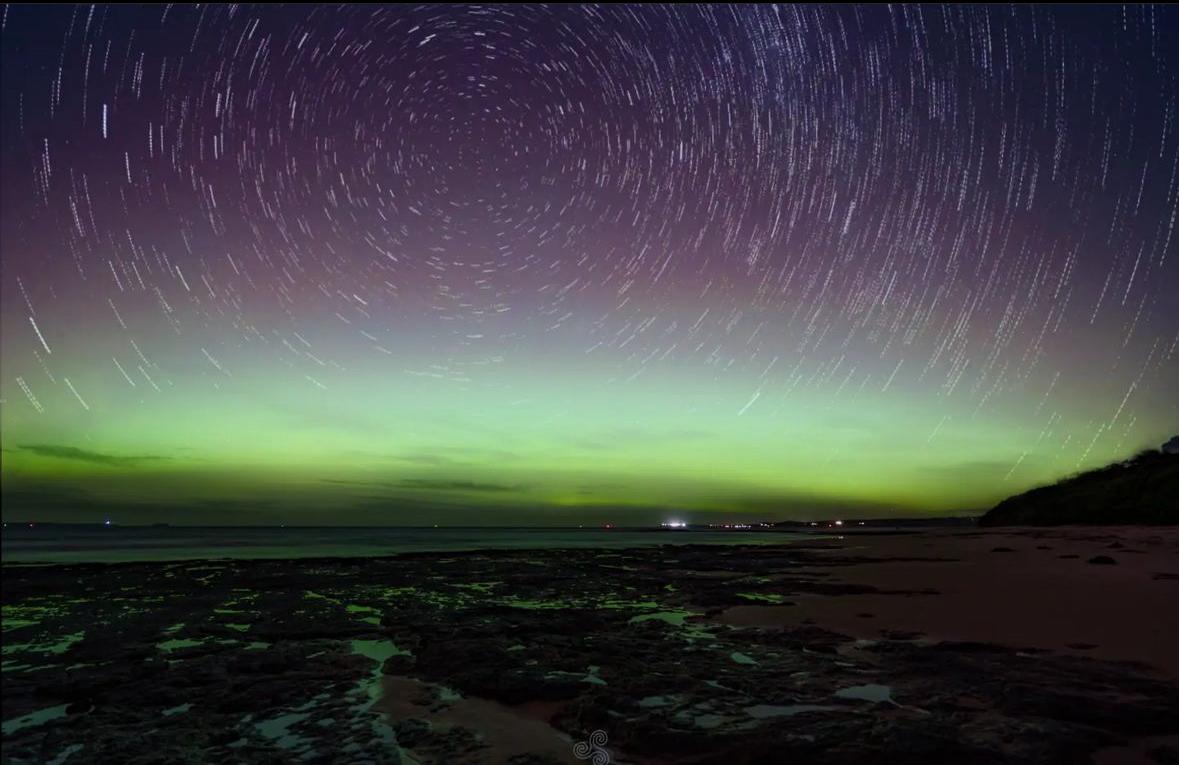
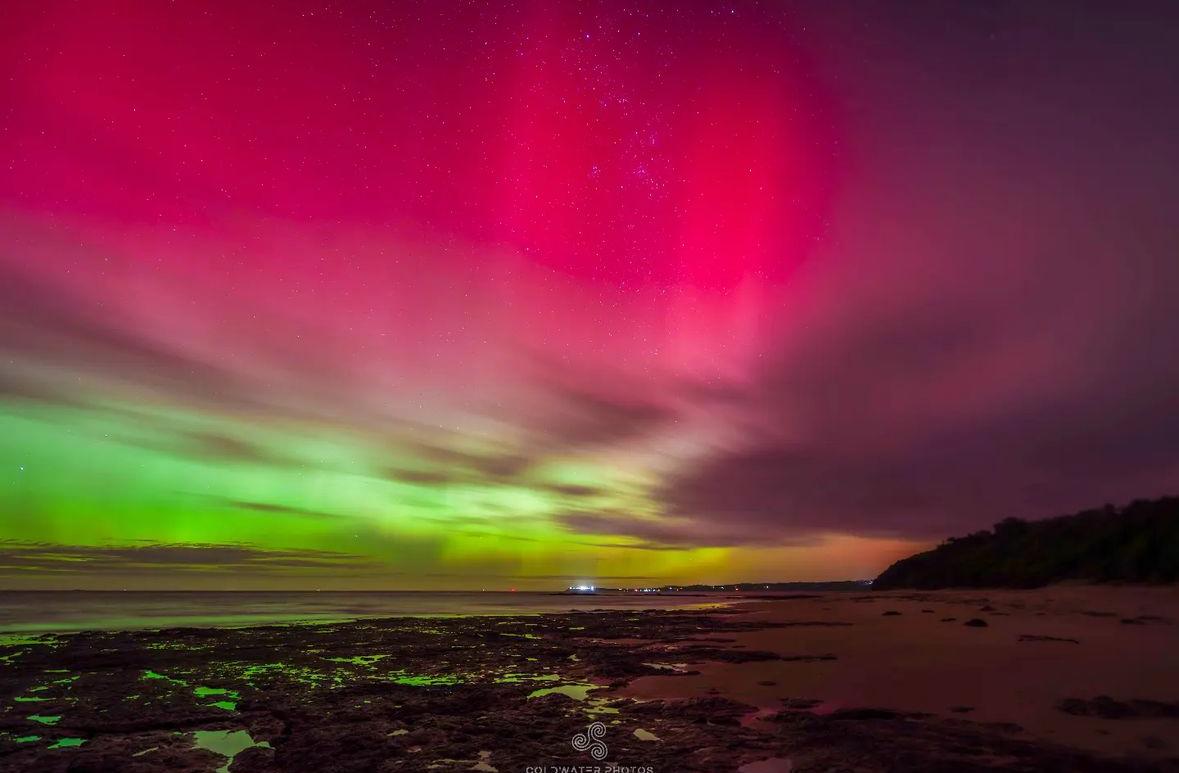
A breathtaking phenomenon
When a solar storm comes toward Earth, some of the sun’s energy and small particles can travel down the magnetic field lines at the north and south poles into Earth's atmosphere.
There, the particles interact with gases in our atmosphere resulting in beautiful displays like last weekend.
In some instances, the combination of the particles and oxygen gives off green and red light. In others, the interaction with nitrogen results in glows of blue and purple.
“When I studied in Northern Sweden we were living under the (northern) Aurora, and each night it never failed to take our breath away. The dancing lights, about 80-640km up, exhibit different colours from different particles at different heights.”
~ Australian astronaut Katherine Bennell-Pegg
How intense was the recent Aurora Australis?
Adelaide based Australian Space Weather Forecasting Centre (ASWFC) is the nation’s official source of space weather forecasts, alerts and warnings.
ASWFC uses a global 'G-scale' to measure geomagnetic activity, which refers to fluctuations in the Earth’s magnetic field. This G-scale ranges from G1 (minor) to G5 (extreme).
The recent Aurora Australis was rated G5 but did not disrupt any critical infrastructure.
Effects of such high solar activity can include:
-
expansion of the atmosphere, causing more drag on satellites and the International Space Station
-
impacts on Earth-based infrastructures like the power grid
-
disruption to some satellite-based services like GPS
-
damage to some satellite and aviation systems.
Main image: A view of Aurora Australis from Point Leo in Victoria | Credit: Kevin Troy
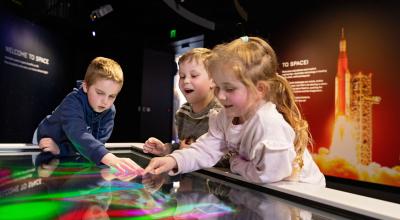
Learn and Discover
Explore Australia’s role in space and be inspired by stories of opportunity, curiosity, and technology.

